3 Most Common Medicare Supplement Policies
If you’re a senior, you’re probably familiar with the different supplemental policies offered by Medicare insurance companies. These policies can help fill in the gaps left by Original Medicare, but it can be tough to figure out which one is right for you.
In this blog post, we’ll take a look at some of the most common supplemental policies available and explain what they cover.

Flexible Spending Amount Definition
Medicare Supplement Insurance (Medigap) is a policy that helps pay for some of the costs that are not covered by Original Medicare. This includes items like copayments, coinsurance, and deductibles. This can also include hospital stays, doctor visits, prescription drugs, and even nursing home care.
Supplemental medical insurance policies are offered by both private insurers and the government-run Medicare program. Now, there are several different plans to choose from. Each plan offers a different set of benefits, so it’s important to compare them before you decide which one is right for you.
There are 10 standardized Medicare Supplement plans that insurance companies must offer, each with a different level of provided benefits. These include A, B, C, D, F, G, K, L, M, and N. Considered the most popular supplemental plans are Plan F, Plan G, and Plan N.
The differences in insurance plans are often subtle, with one plan providing exactly what you need from another company. However, each company’s payment options and customer care vary. One must also note that Wisconsin, Massachusetts, and Minnesota have unique standardized plans that sets them apart from the rest of the neighboring states.
What is Medicare Supplement Insurance?
Get Started with Your Medicare Advantage Plan
Most Common Supplemental Policies
Medicare Supplement Plan F
Medicare Supplement Plan F is a popular and comprehensive plan that offers broad assistance at an affordable price. This makes it the go-to choice for beneficiaries who want more coverage than what their original policy provides them.
One thing to note though is that Medicare Supplement Plan F is an option for people who were eligible to enroll in Medicare before January 1, 2020. However, anyone that becomes newly enrolled on or after this date can no longer enroll in Part F. It’s important to check with your healthcare provider to know about the changes with Medicare and how it affects your healthcare needs.
Medicare Supplement Plan G
Medicare Supplement Plan G coverage is very similar to Plan F, which has been eliminated for people who are new or leaving Medicare on January 1, 2020.
Medicare Plan G covers everything that Part A and B cover at 100% except for the deductible in Part B of your insurance ($233 in 2022) – so you won’t need to pay anything out-of-pocket after paying this small fee when receiving covered services or treatments!
Here is a list of benefits covered by Medicare Supplement Plan G:
- Medicare Part A Coinsurance & Hospital Costs (up to additional 365 days after Medicare benefits are used)
- Part A Hospice Care Coinsurance or Copayment
- Medicare Part B Coinsurance or Copayment
- Skilled Nursing Facility Coinsurance
- First 3 pints of blood annually
- Foreign travel emergency coverage (up to plan limits)
- Medicare Part A deductible
- Medicare Part B Excess Charges
Why is Plan G popular? It has great coverage! Hospital stays are expensive and this plan will cover all your expenses. Most importantly, it pays your hospital deductible which is $1,556 in 2022. It even provides an additional 365 days of coverage after your Medicare runs out.
Medicare Supplement Plan N
Medicare Supplement Plan N is the go-to option for those who want lower monthly premiums without sacrificing benefits. This supplemental policy typically has cheaper rates, pays your Part B deductible and excess charges up front as well as some copays when you need medical attention or an emergency room visit.
Medicare Plan N is available in many states from various well-known insurance companies, so check with your provider to find out if they carry it.
Here is what Medicare Supplement Plan N covers:
- Medicare Part A Coinsurance & Hospital Costs (up to additional 365 days after Medicare benefits are used)
- Part A Hospice Care Coinsurance or Copayment
- Medicare Part B Coinsurance or Copayment (Pay up to $20 for office visits and up to $50 for ER visits)
- Skilled Nursing Facility Coinsurance
- First 3 pints of blood annually
- Foreign travel emergency coverage (up to plan limits)
- Medicare Part A deductible
Medicare Supplement Plan N offers basic benefits almost identical to Plan G, but here, you will need to pay for benefits that are not included in your coverage. For example, you will have to pay the annual Part B deductible of $233 (in 2022). You also cannot use your insurance for emergency room visits since they’re subject to a $50 copayment and there’s an excess charge when visiting certain medical providers.
We know it can be tough to find the right supplemental policy for your needs. But don’t worry, our team of experts at The Medicare Research Institute are ready to help you make sense of all these different policies so that you can choose one that’s best suited for your specific situation.
Contact us now if you want more information on how a Medicare Supplement Plan might work in your case or what type is most appropriate for you based on your current insurance coverage. Our advisors will be happy to answer any questions about which policy would provide the necessary coverage at an affordable cost.


